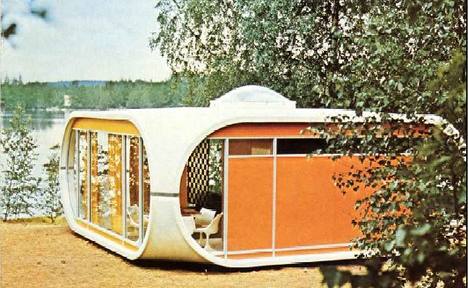by Michael R. Allen
Today, the St. Louis Business Journal is reporting that giant law firm Thompson Coburn announced today that it has signed a 12-year lease to remain in the US Bank Tower at 7th and Washington downtown. The lease comes with city incentives totalling $700,000 and, most interesting and unusual, a state-financed $15 million parking garage on the site of the Ambassador Building at 7th and Locust streets, currently a lifeless and unattractive “plaza.”
The announcement comes after speculation that the law firm would relocate to the planned Brown Shoe Company campus on Maryland Avenue in Clayton. Clayton is still luring major businesses out of downtown, and snagging some that have also looked at moving downtown. Thus, the announcement is good news for a downtown that is seeing a decline in residential projects and a small, hopeful rise in the creation of rehabbed office space.
The parking garage component is predictable, although undesirable in terms of planning. Sadly, we live in a city with a parking economy built on an inverse ratio of supply and demand. Downtown St. Louis has more parking spaces than residents, and probably more spaces than daily workers. Parking is cheap and easy. Parking is not quite free, like in the suburbs, but in this dense urban core, it barely costs anyone to park at all. In these cirumstances, any major employer who wants copious and adjacent parking gets it — either by building a new garage, leasing existing spaces or moving out of downtown where parking doesn’t cost employees at all.
Obviously, downtown has an excess of parking. Lots are obvious visual blight, but garages aren’t much better. Even with street level retail, a garage doesn’t generate the same level of activity, visual interest and use as a building. That a garage on the Ambassador site is an improvement over the plaza says little about the new garage and a lot about the inadequacies of the protected private plaza.
Pine Street suffers from a glut of parking garages, and has little to recommend it as an attractive street on which to do muchy more than park or grab a quick lunch. Locust Street is much better, although the recent addition of the Ninth Street Garage chips away at its urban character. The Thompson Coburn garage will be two blocks from the Nonth Street Garage, and only one block from one of downtown’s ugliest garages on Seventh Street, the so-called Hubcap Palace at Seventh and Olive streets.
This proximity is not good for developing a downtown that is a compelling, lively, architecturally distiguished place. The economics of parking and land values downtown allow such proximity, while the planning apparatus of city government remains weak. Rather than examine the health of street life or even desirable land uses for downtown, all decisions are subsumed by economic logic. That’s well and good for function, yet we must remember downtown is not simply a series of useful structures, but also the core of our city that defines its architectural character to the world.
Obviously, we need Thompson Coburn and other employers downtown. The firm needs parking. But we all need a downtown that compels the world to respect the great city of St. Louis. (In other words, this had better be the best damn parking garage in the world!)



